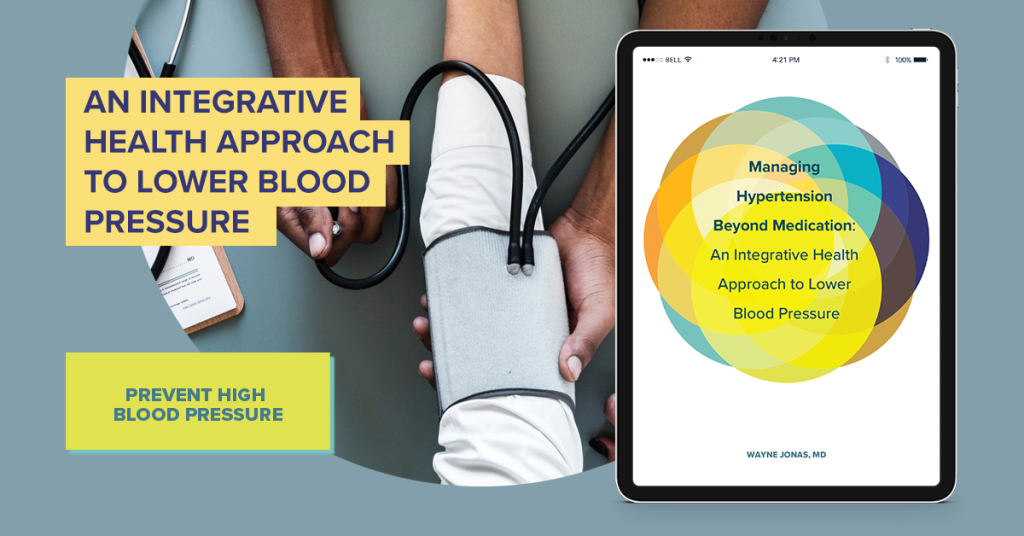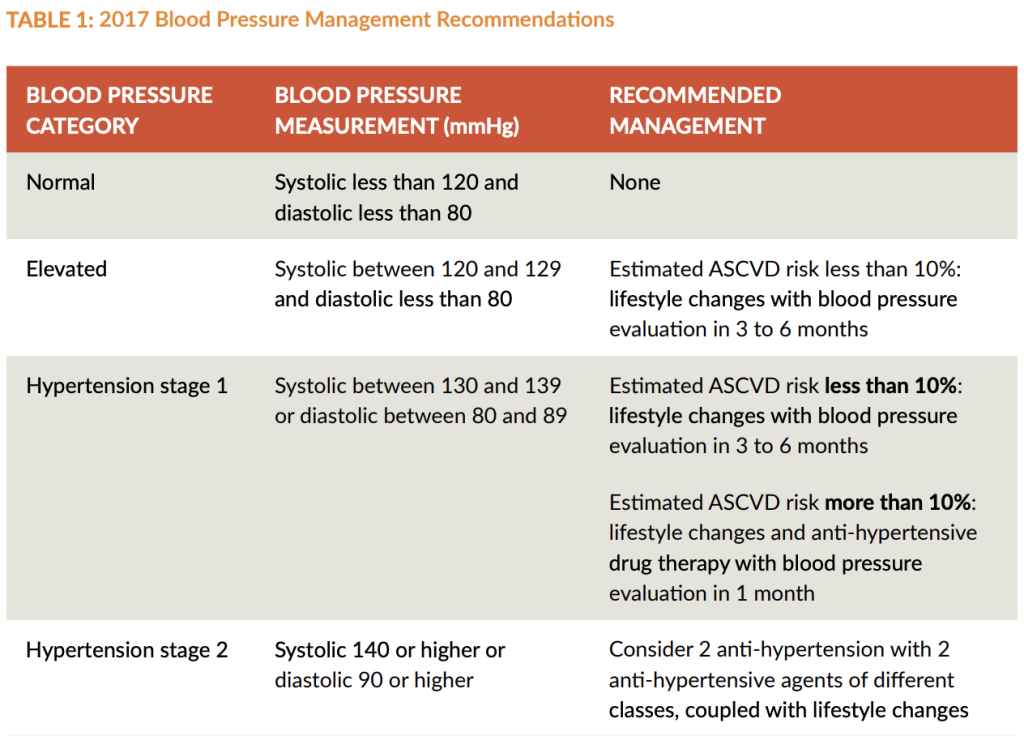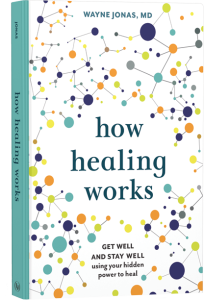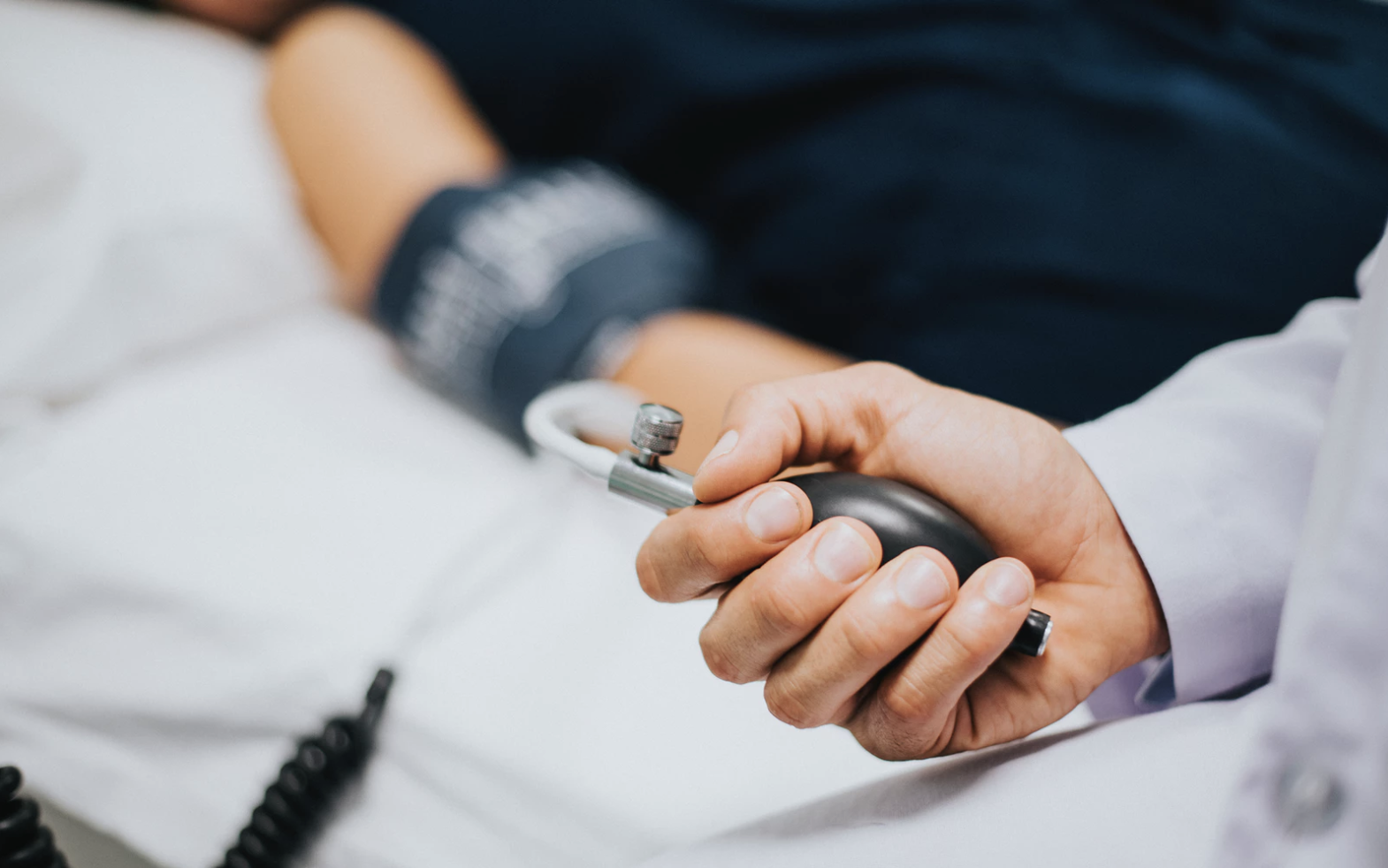Blood pressure is the force of blood pushing against your arteries. There are two numbers used to determine your blood pressure: systolic, which measures the pressure your heart creates when it contracts and pushes blood out; and diastolic, which measures the pressure when your heart relaxes and fills with blood.
When blood pressure is high, it forces the heart to work harder, eventually weakening it and leading to heart failure. High blood pressure also thickens blood vessel walls, restricting blood flow; increases the risk of blood clots; and weakens blood vessels, increasing the risk of rupture and internal bleeding. In addition, by restricting blood flow to the brain, hypertension increases the risk of stroke and dementia.
The damage to blood vessels also contributes to kidney disease and kidney failure, requiring dialysis or a kidney transplant. Other ramifications include damage to the tiny blood vessels in the eyes, increasing the risk of blindness; sexual dysfunction; and bone loss (by increasing the amount of calcium your body excretes).
Risk Factors for Hypertension
Hypertension affects both men and women equally (CDC NCHS data brief). Being overweight is one of the greatest risk factors for hypertension. It also makes the condition far more difficult to treat, particularly since people who are significantly overweight often have other conditions such as diabetes, sleep apnea, and inflammation. Other risk factors include heavy drinking, lack of physical activity, older age, family history, diet and stress levels. High blood pressure is also more common among African Americans, who tend to have worse hypertension and develop it earlier in life than other ethnic groups.

Congenital Hypertension
So, you’re not overweight, you exercise regularly and you follow a healthy diet. But you still have high blood pressure. The reality is that certain people simply have a genetic predisposition to hypertension. That doesn’t mean you’re doomed to have it. If you know that hypertension runs in your family, you must be extra vigilant about following an anti-hypertensive lifestyle and getting regular blood pressure checks. I recommend you buy a home blood pressure monitor and use it regularly.
The American Heart Association and the American College of Cardiology, together with nine other major medical organizations, released new guidelines in late 2017 for the prevention, detection, and treatment of hypertension. While similar to previous versions, the new guidelines base treatment not just on your blood pressure numbers, but also on your overall risk of atherosclerotic cardiovascular disease. They also call for a goal of less than 130 mmHg systolic and less than 80mmHg diastolic for all individuals, regardless of any other medical conditions or age. While not all medical professionals agree with this lower number, everyone agrees that no adult should have blood pressure higher than 140/90 mmHg.
Table 1 highlights the definitions of hypertension and recommended management under the new guidelines.

Anti-Hypertensive Medications
There are literally dozens of anti-hypertensive drugs available, many of which have been used for decades. The most commonly prescribed blood pressure medications fall into six categories:
- Angiotensin-converting enzyme inhibitors (ACEI). These drugs dilate your blood vessels to improve blood flow and reduce pressure and strain on the heart. Examples include benazepril (Lotensin), captopril, enalapril (Vasotec), fosinopril, lisinopril (Prinivil, Zestril), moexipril, perindopril (Aceon) and quinapril (Accupril).
- Angiotensin II receptor blockers/antagonists (ARB). These drugs also dilate your blood vessels to improve blood flow and reduce pressure and strain on the heart. They include candesartan (Atacand), irbesartan (Avapro), olmesartan (Benicar), losartan (Cozaar), valsartan (Diovan), telmisartan (Micardis) and eprosartan (Teveten). Recently, the FDA recalled valsartan due to issues with contamination.
- Direct renin inhibitors. These drugs work similarly to ACEIs and ARBs in relaxing blood vessels but through a different mechanism. Just one has been approved in the United States so far: aliskiren (Tekturna).
- Calcium channel blockers. These drugs slow the movement of calcium into the heart and blood vessel walls, keeping blood vessels dilated and improving the heart’s pumping ability. Examples include amlodipine (Norvasc), diltiazem (Cardizem, Tiazac, others), felodipine, nifedipine (Adalat CC, Afeditab CR, Procardia) and verapamil (Calan, Verelan).
- Diuretics. The oldest and cheapest of all blood pressure medications, they work by making the kidneys get rid of extra salt, which pulls more water from your body, reducing blood volume and, hence, the pressure on artery walls. There are three main types: loop diuretics such as furosemide, potassium-sparing diuretics such as spironolactone and thiazide diuretics such as chlorothiazide and hydrochlorothiazide.
- Beta blockers. These drugs act on the sympathetic nervous system, which is responsible for the fight-or-flight, adrenaline-fueled response to stress. They also lower your heart rate. Commonly prescribed beta blockers include acebutolol (Sectral), atenolol (Tenormin), metoprolol (Lopressor, Toprol-XL) and propranolol (Inderal LA, InnoPran XL). Beta blockers are usually not the first category of medication used to control blood pressure.
The most common side effects from these medicines are a dry cough, headache, dizziness, and fatigue, depending on the medication. A rare side effect with an ACEI or ARB is angioedema, or sudden swelling of the tongue, lips, throat, hands or feet. Call your doctor or 911 immediately if this occurs.
In order to effectively lower your high blood pressure, you must consider your diet and exercise. Whether you need medication or not, you should embrace an integrative approach, including diet, exercise and complementary interventions such as stress management
To learn more managing your hypertension, check out this patient guide.

Your Health Into Your Own Hands
Drawing on 40 years of research and patient care, Dr. Wayne Jonas explains how 80 percent of healing occurs organically and how to activate the healing process.

